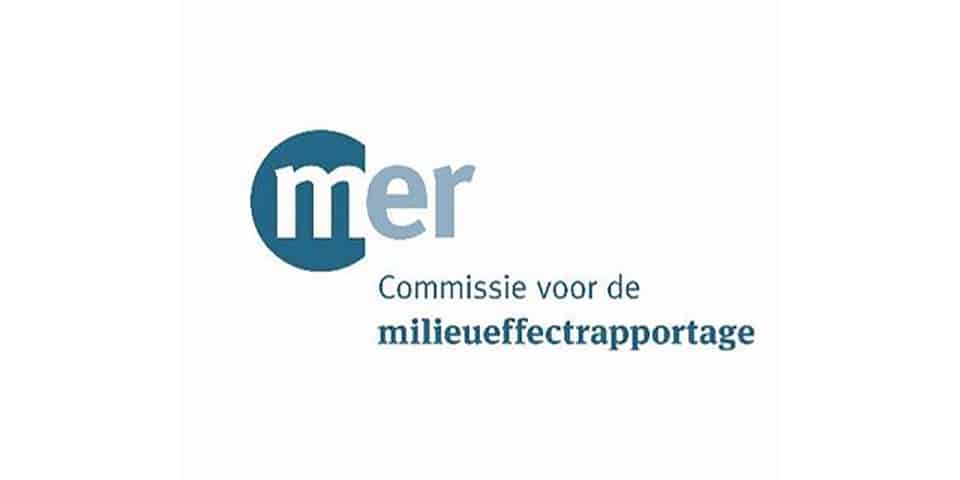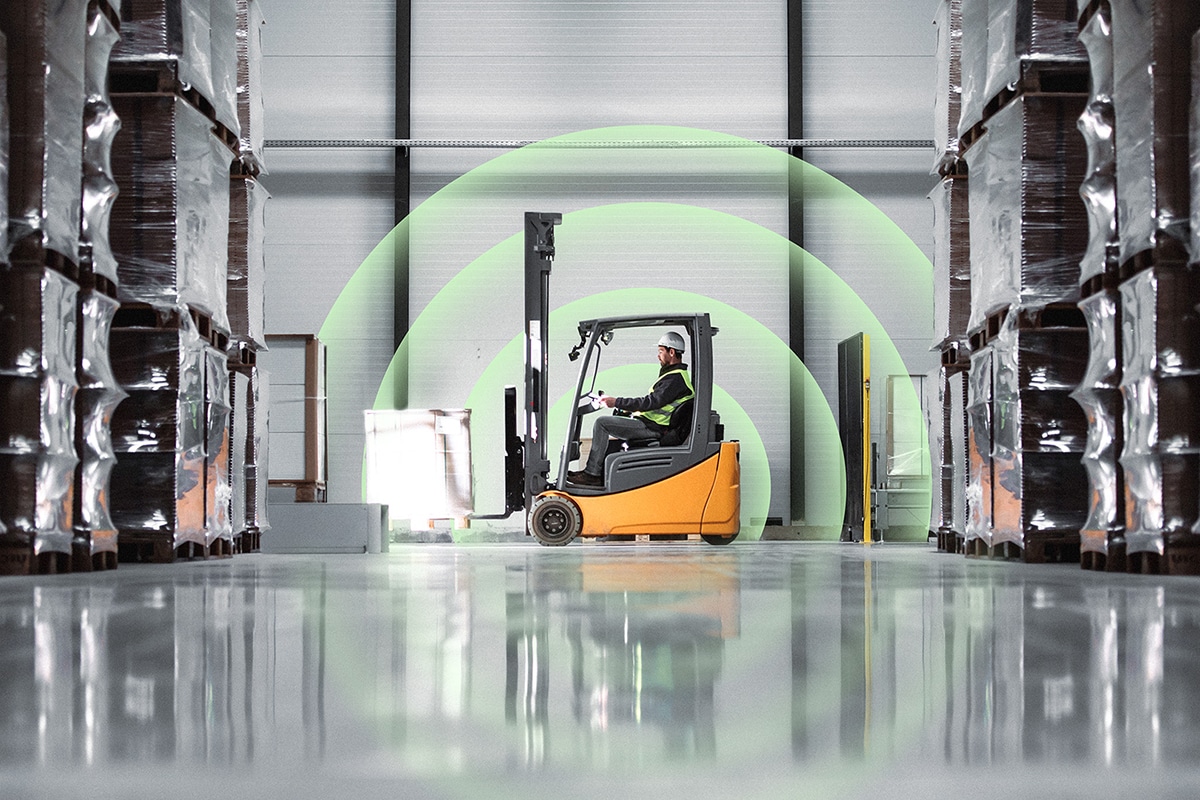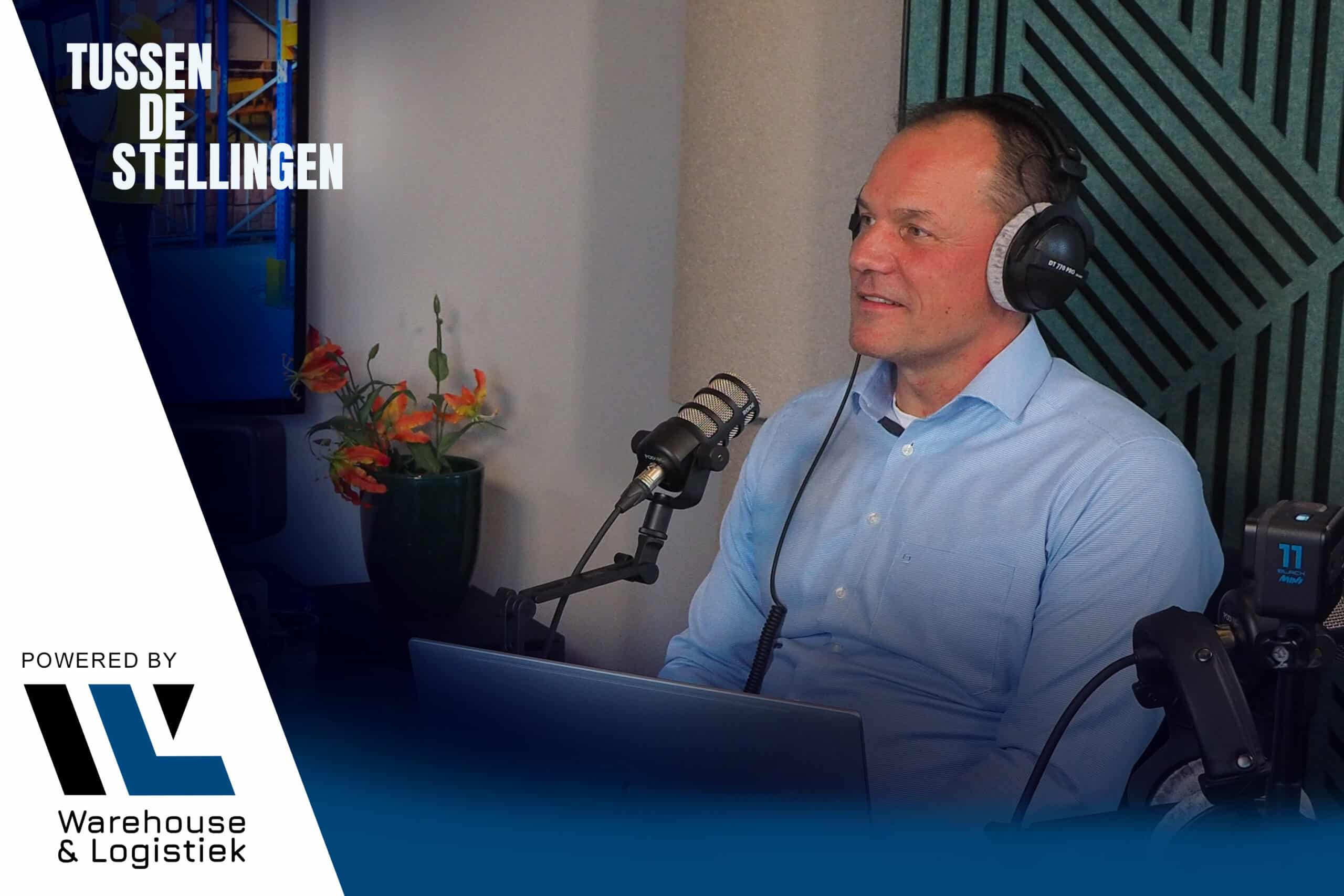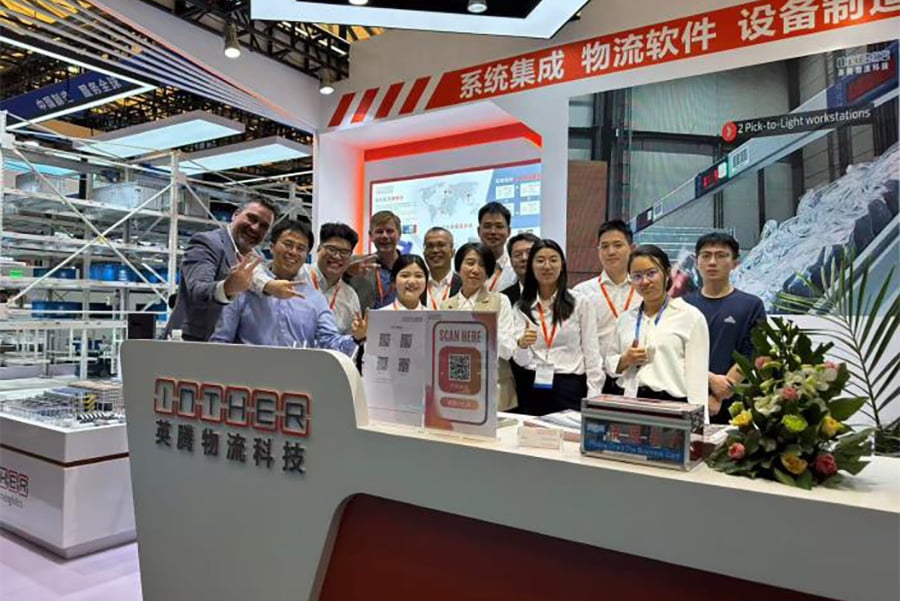
Circularity assessment area development Grebbedijk: Focus research on choices that have most impact on goals circularity
The Environmental Impact Assessment Commission has been commissioned to advise on the 'Circular Survey'. The purpose of this Circular Survey is to draw more attention to circularity in civil engineering and to assess which design contributes most to the circularity goals. The Committee has made a number of recommendations to further improve the assessment framework.
The Gelderland province, Utrecht province, Wageningen municipality, Rhenen municipality, Vallei and Veluwe water board, Rijkswaterstaat and Staatsbosbeheer have drawn up an assessment framework for circularity as part of the sustainability ambitions for the Grebbedijk area development. The water board received an innovation subsidy for this from the High Water Protection Program. The Commission has been asked how circularity can be assessed in the environmental impact report during the planning phase for the area development. The joint partners also asked the Commission whether the Circular Survey can be used more widely in the civil engineering sector.
The Commission is enthusiastic about the creation of an assessment framework for circularity, which is innovative in dike reinforcements and area developments. This can be used to test which design contributes most to the circularity goals. The Water Board joins the national goals of using 50% fewer raw materials in 2030 compared to 1990.
The Commission recommends focusing the study on choices that contribute most to these goals. Drawing up a raw materials, materials and energy balance will make this clear. In addition, it recommends investigating what possibilities there are in the GWW sector for steering the nature, origin and recoverability of raw materials and materials. This can greatly influence the extent to which designs can be made circular.
It also asks that the assessment framework be replicable so that decision-makers and local residents have a clear understanding of how different designs contribute to the circularity goals.




